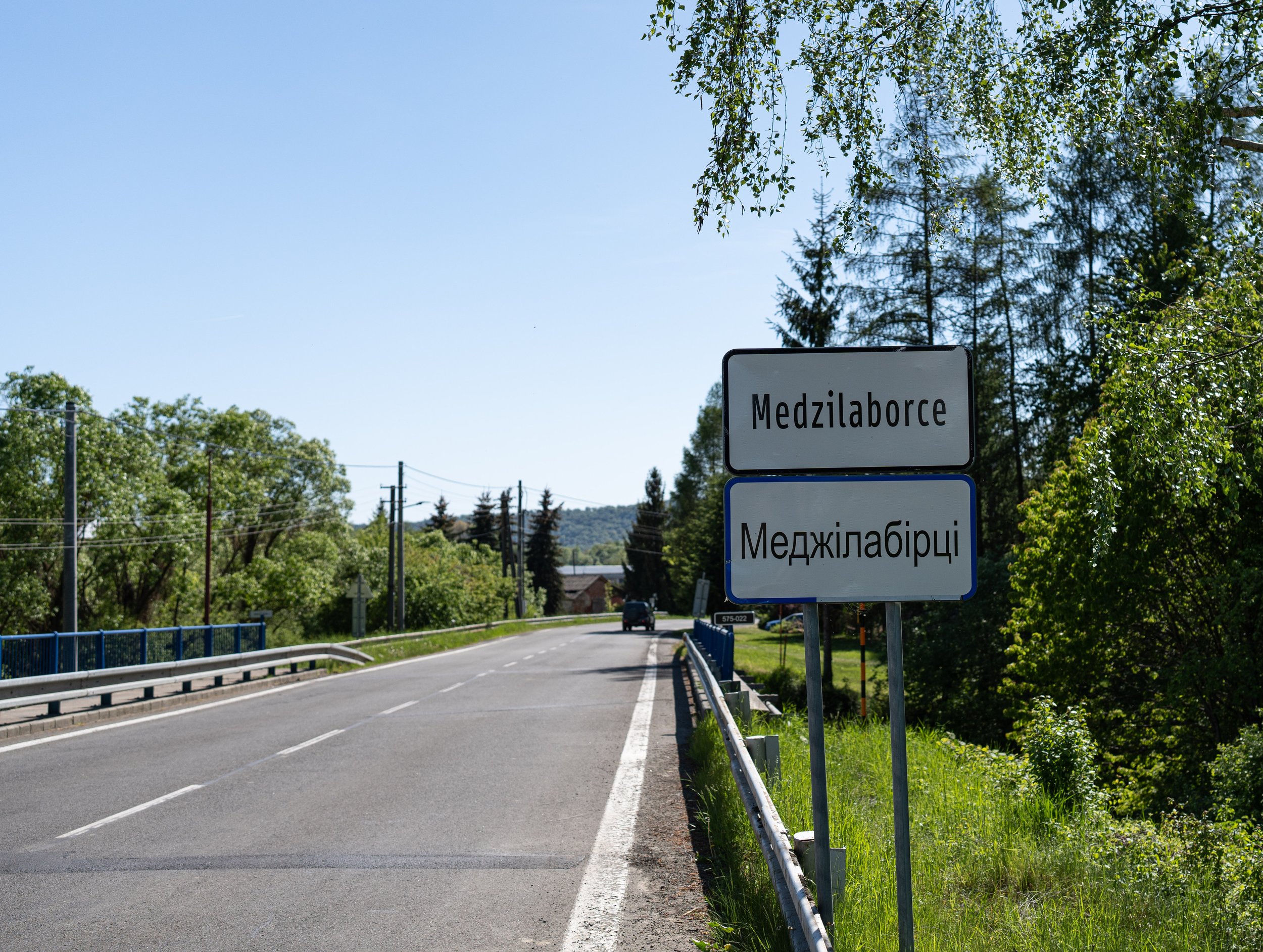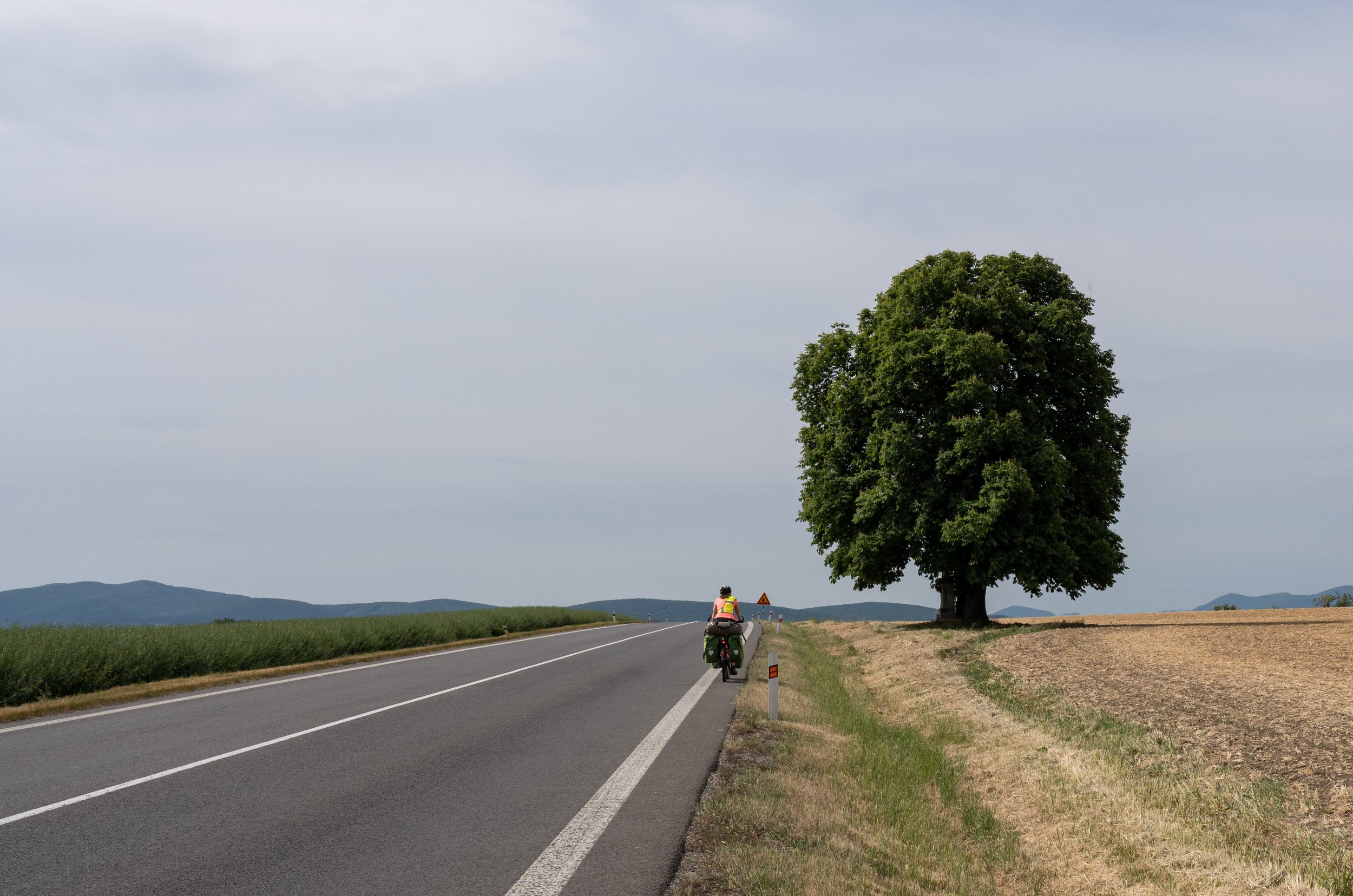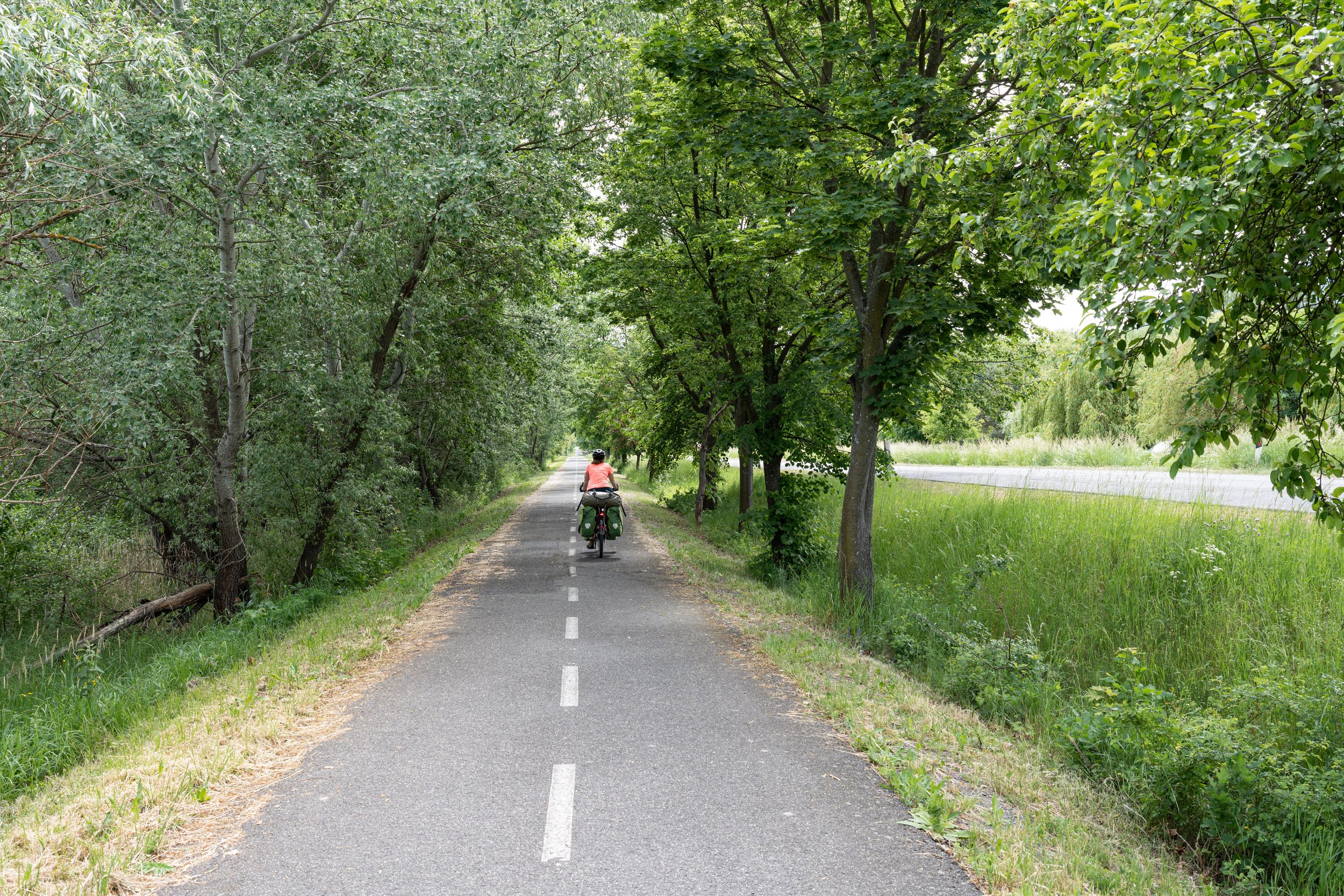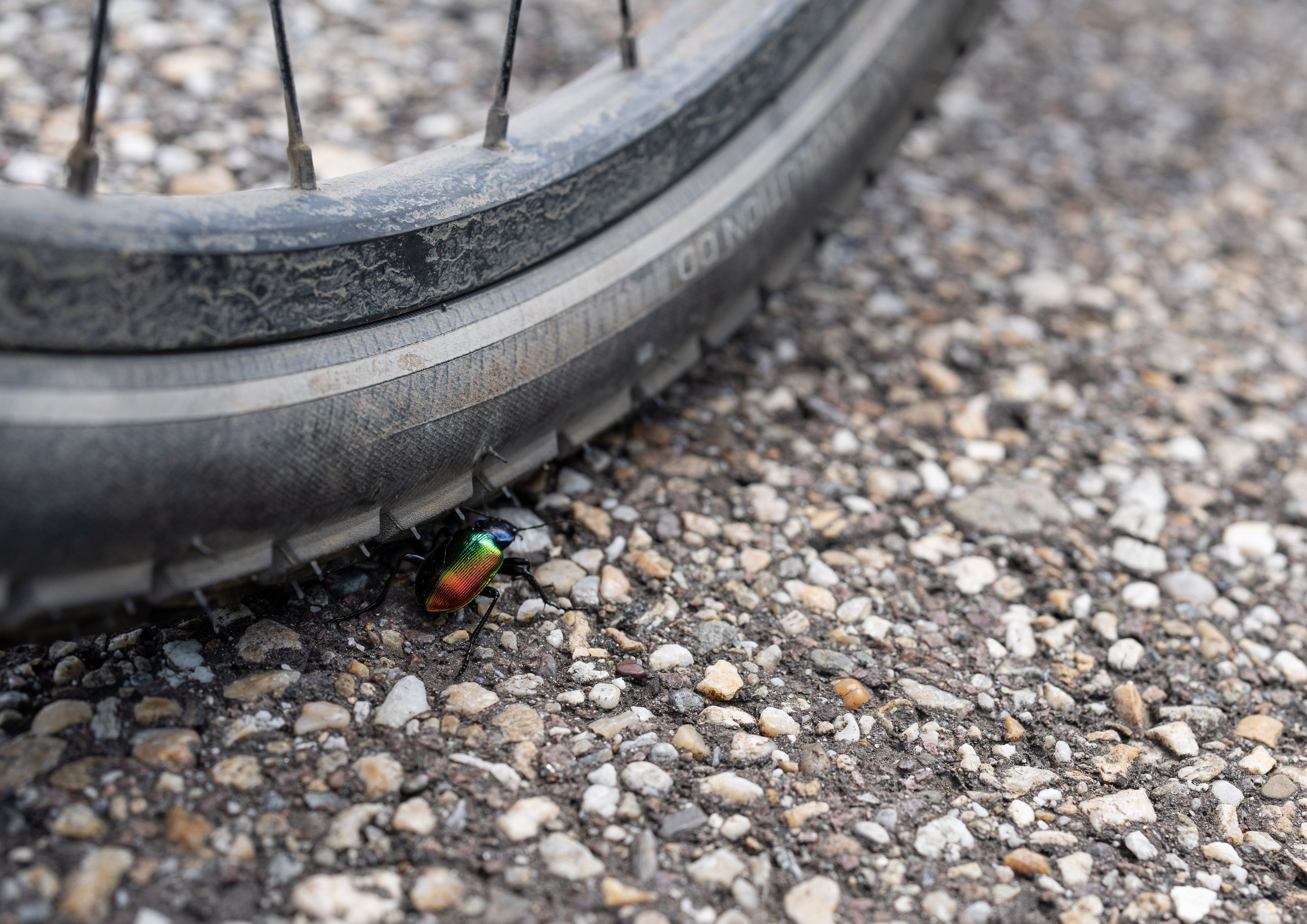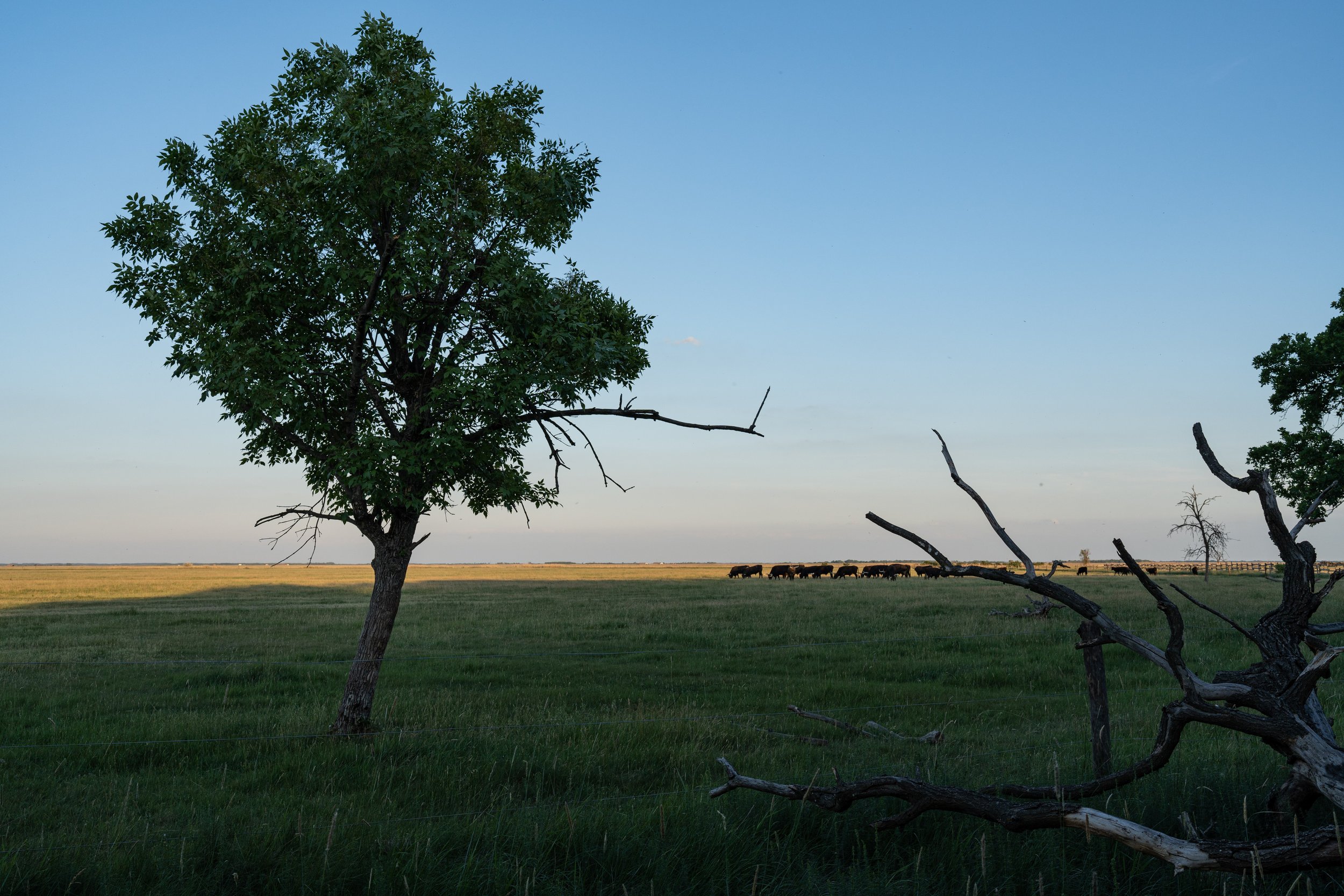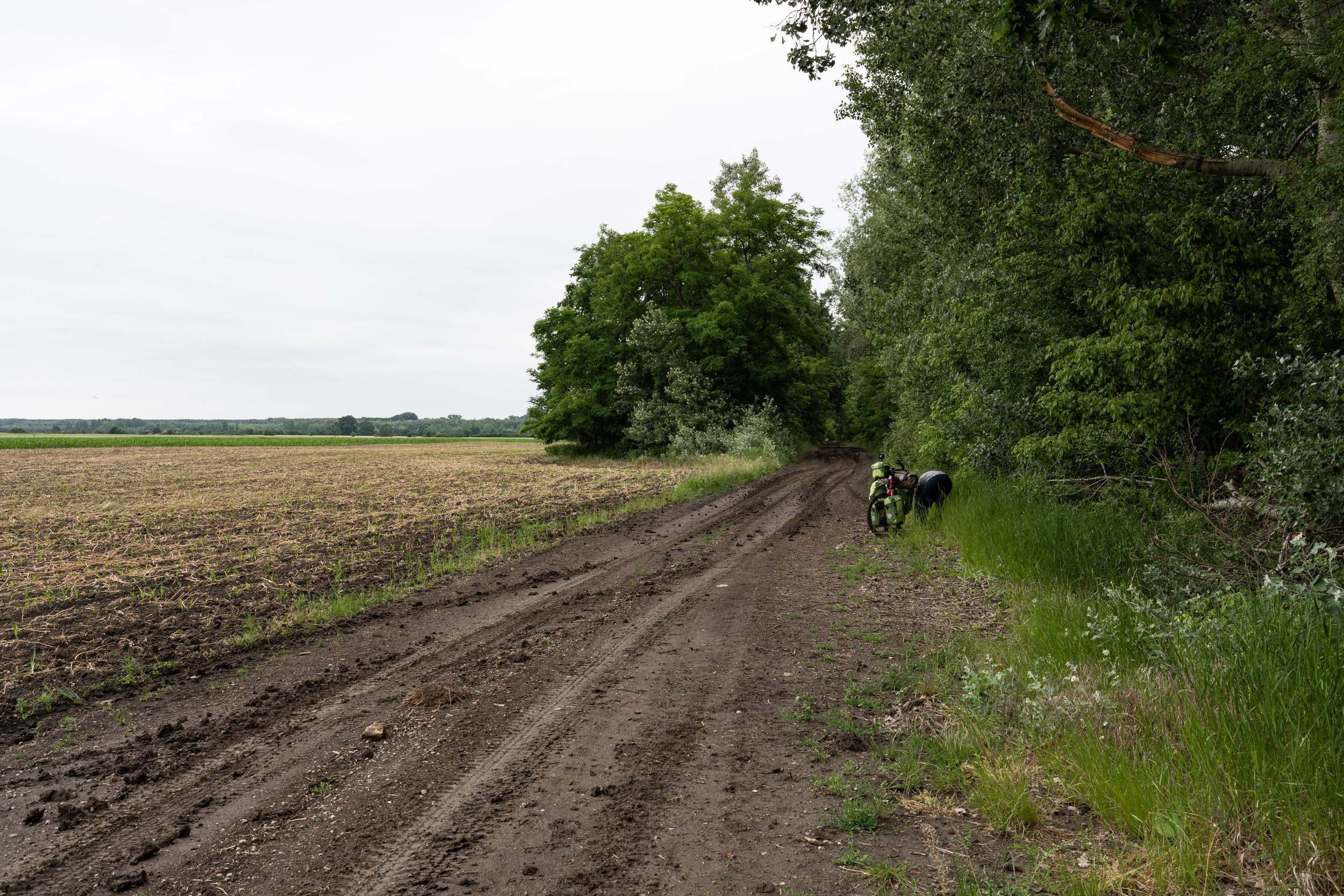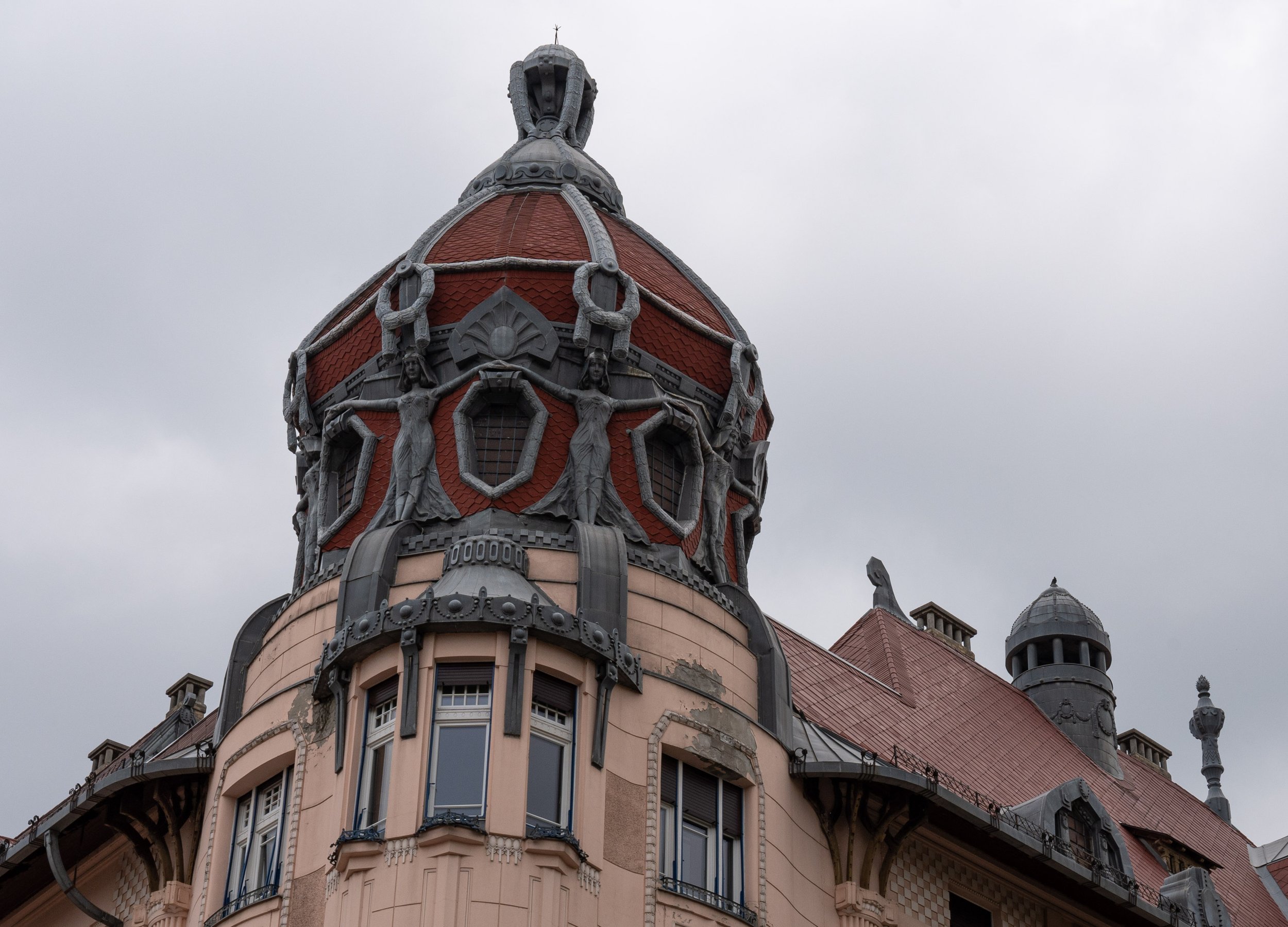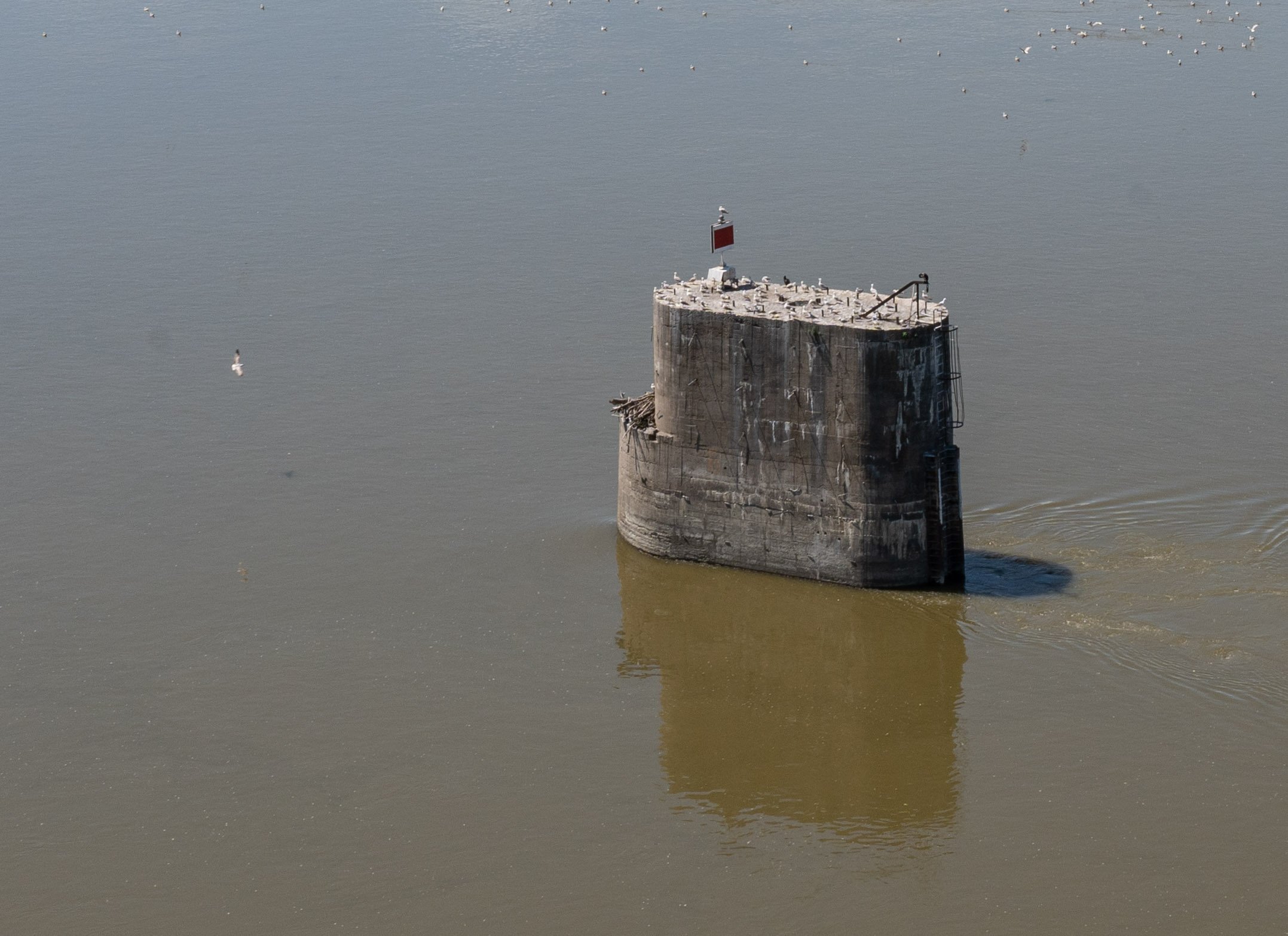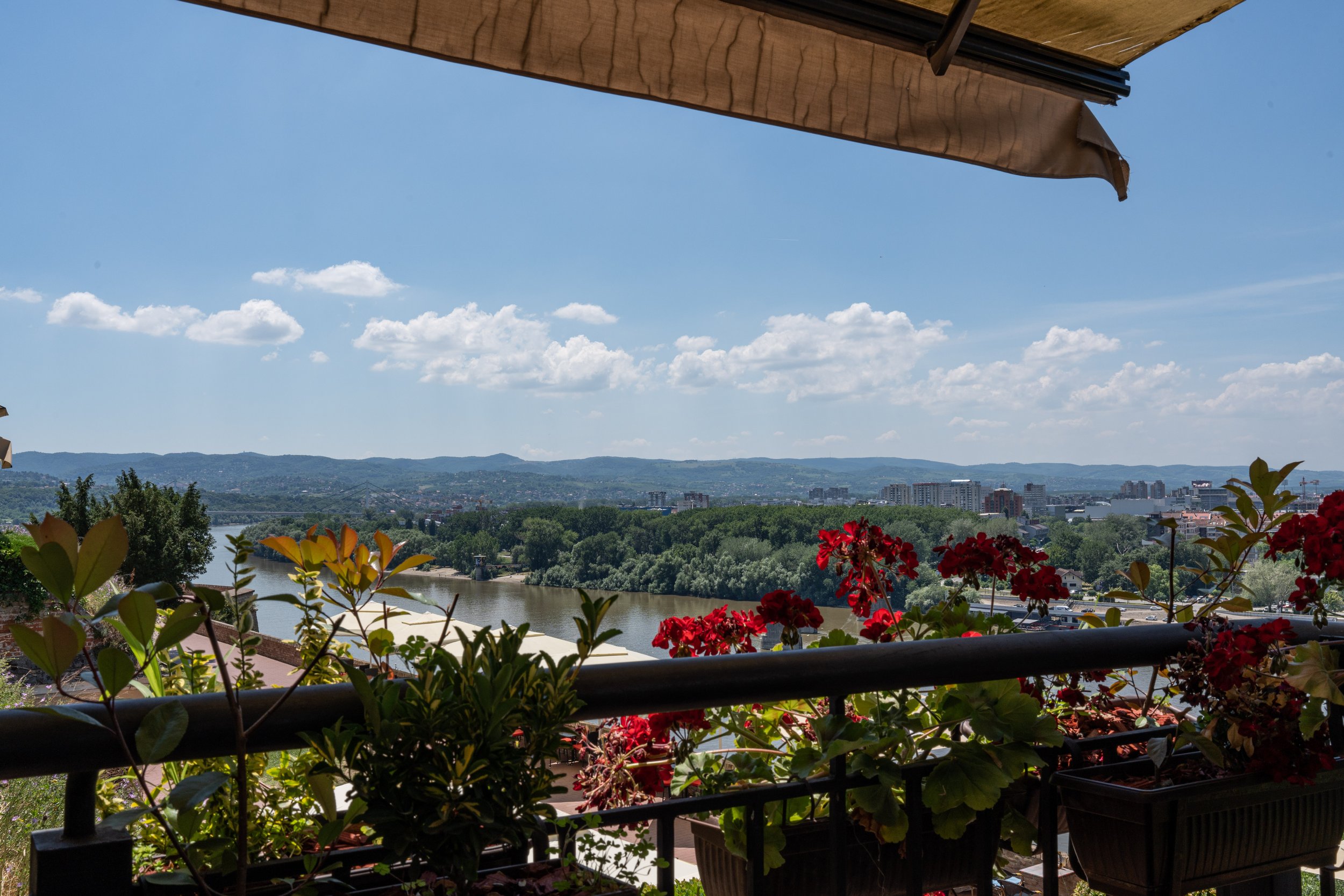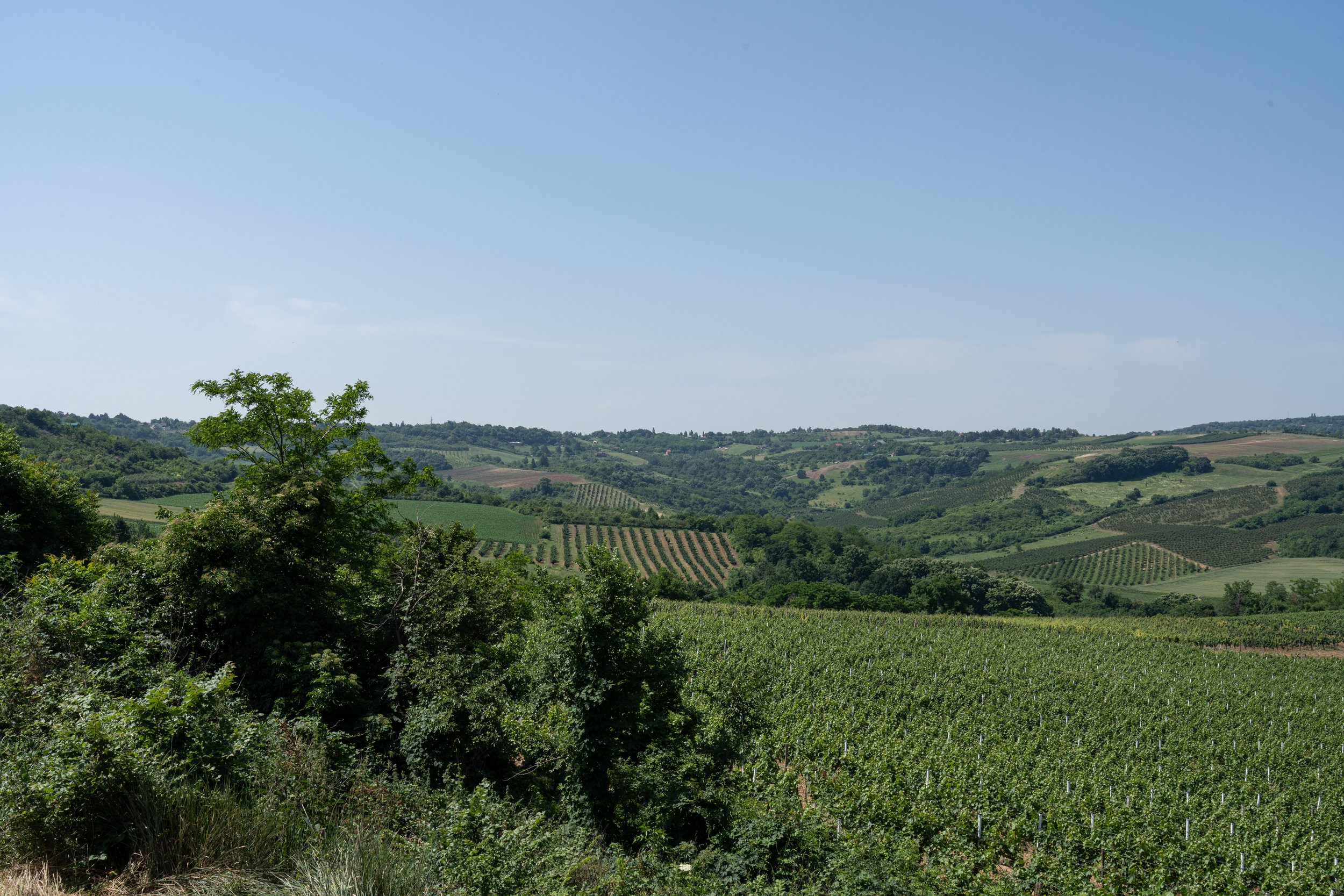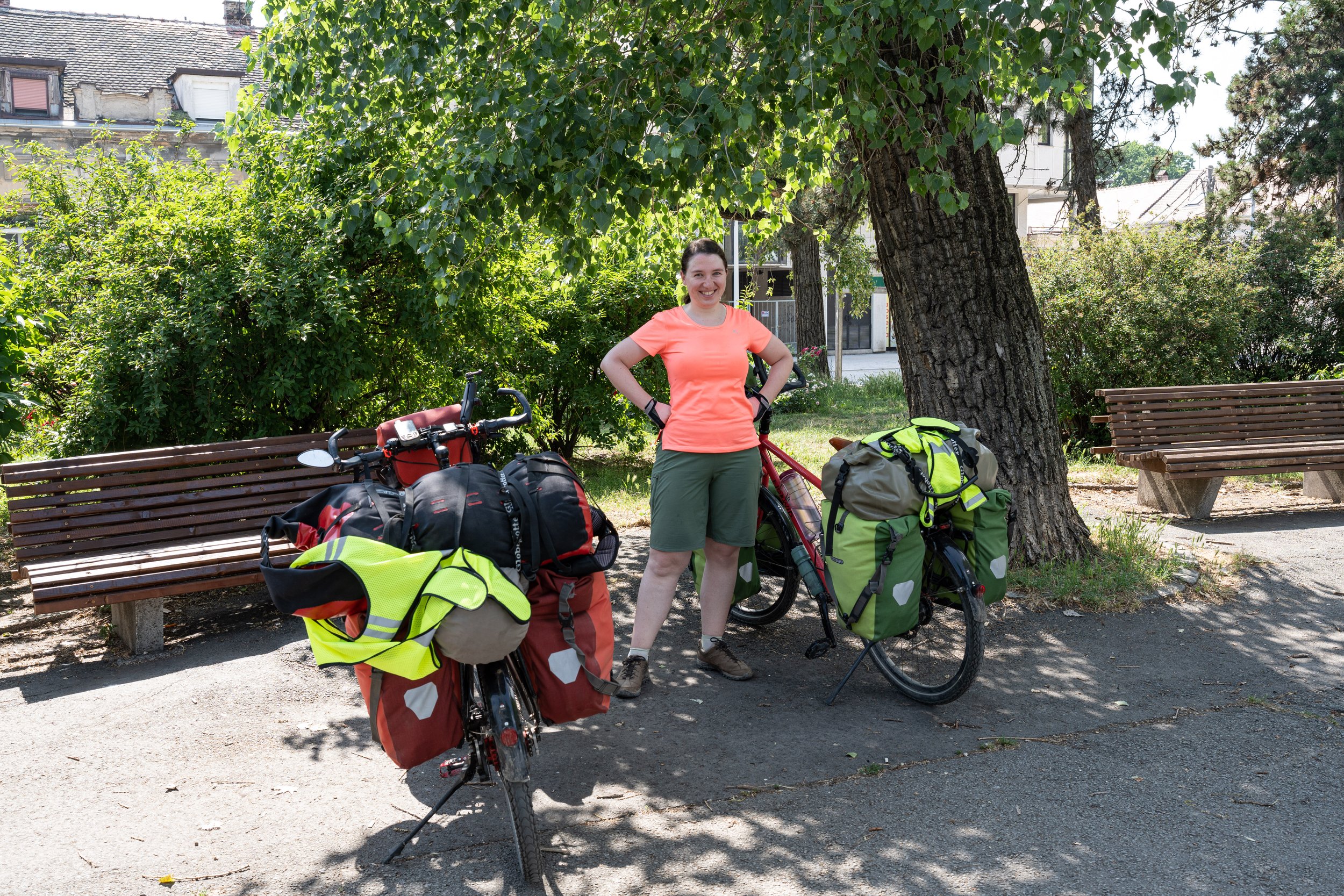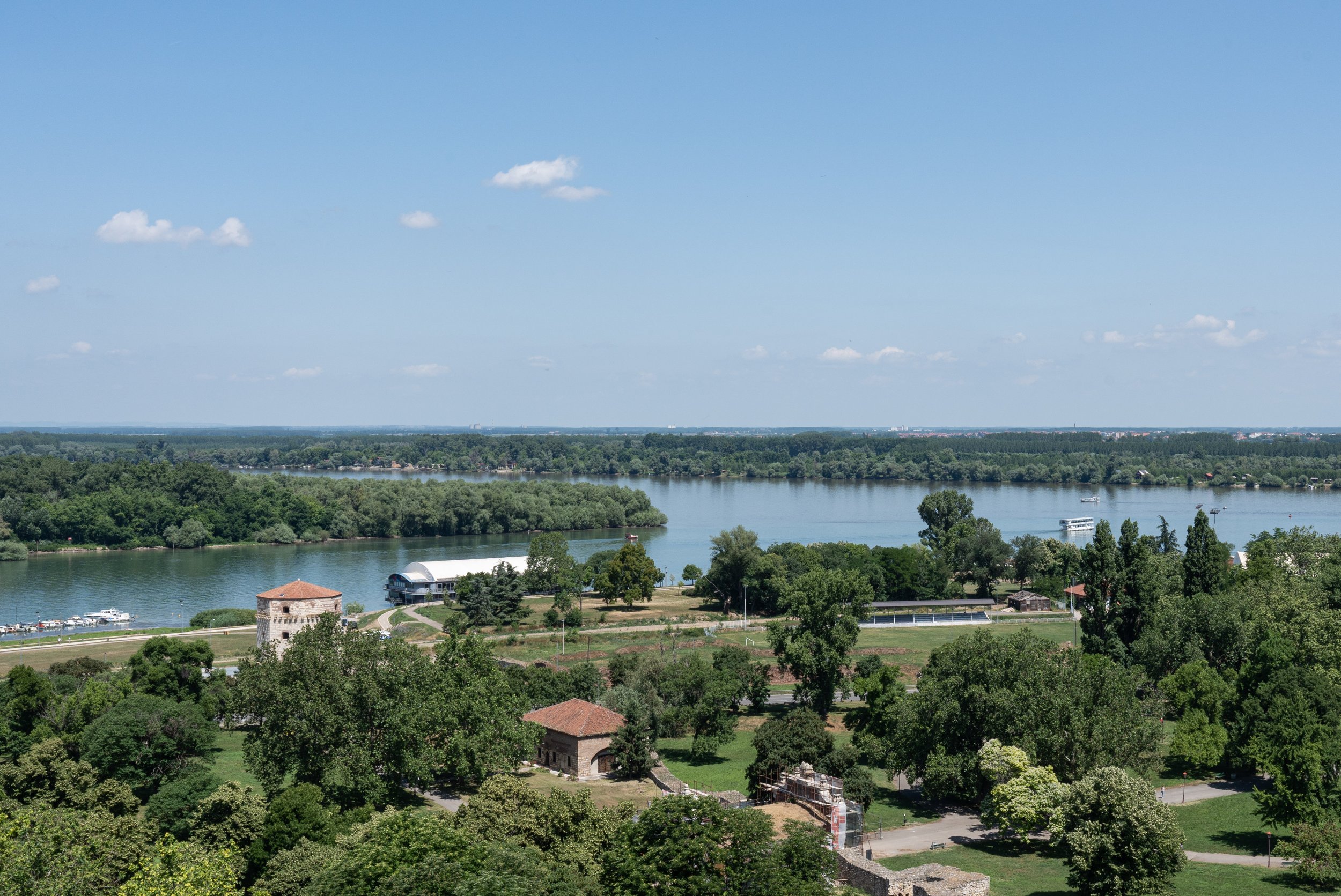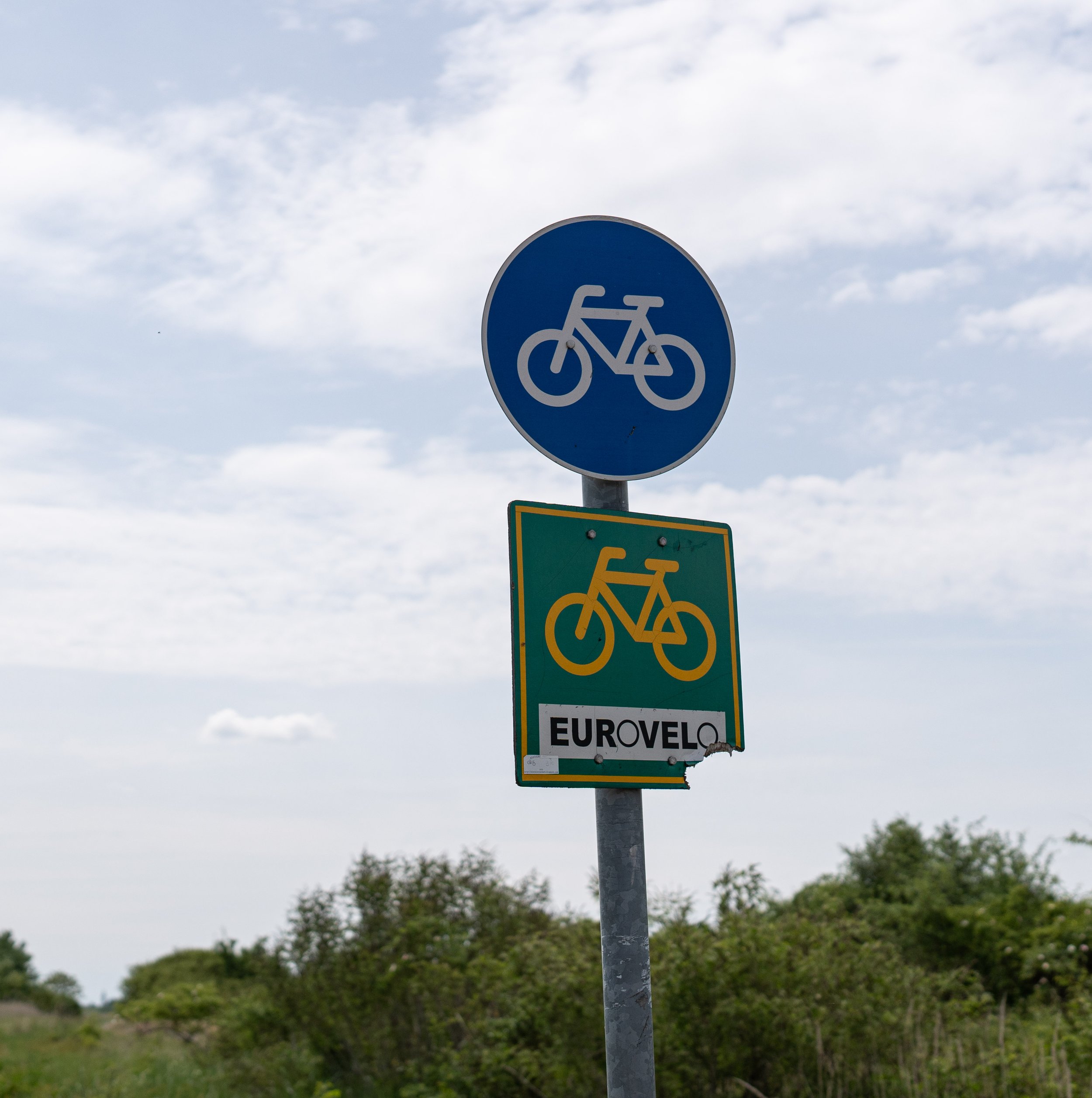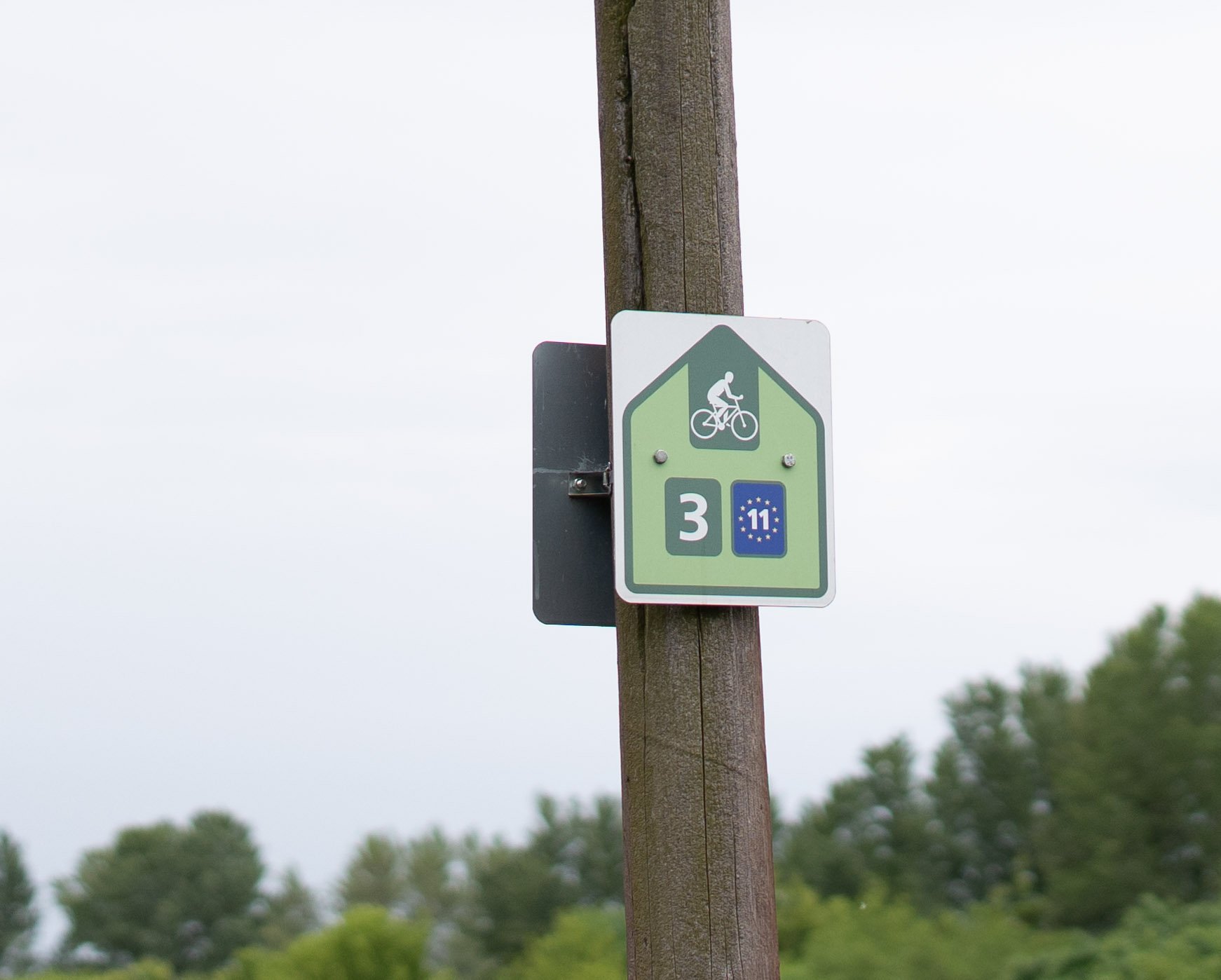From the Carpathians to Belgrade - along the Tisza through the Pannonian Plain
Quickly through Slovakia…
After a quick descent from the Laborecký Pass, we landed on the Slovak side in the Medzilaborce region. In this area lives the minority of Rusyns, whose language is related to Ukrainian, which is why the place-name signs here are bilingual. A little over 100 years ago, a couple from the local Rusyns Warhola family emigrated to the United States, whose Pittsburgh-born son Andrew would one day become one of the most important personalities of the New York art scene. The people here are correspondingly proud of this story, which also explains why there is a fairly large Andy Warhol Museum in the town of Medzilaborce, which has 6,000 inhabitants. In addition to many of his original works, there is also an exhibit on the history of his family, which is why a visit here is worthwhile. Our further stay in Slovakia was rather short, since we crossed the country directly from north to south. Through the gently hilly landscape of the Carpathians we went into the wide Pannonian lowlands.
Along the Tisza through the flat country...
After the border with Hungary (by the way, for the time being our last “green” Schengen border, an unmarked section of an international border) we quickly realized that we had advanced further south - the streets were lined with vineyards and orchards, so that we felt reminded of the Adige Valley in South Tyrol, Italy. The often good cycle paths, which were created here as part of the EuroVelo 11, also contributed to this. In general, we were positively surprised by the high level of bicycle use in Hungary (in many villages the bicycle was the most common means of transportation on the streets!), as this is a clear contrast to Slovakia and Poland! All kinds of people rode all kinds of bikes here, very nice! The cycle route often ran along the dike crest along the Tisza, which is why we had a good overview of the area a few meters below us. The elevated position was also well suited to observing the countless deer and hares that live along the dyke meadows. Where the meadows along the way were not mowed, we were also able to experience a lively world of insects that we hadn't seen for a long time. Here you really have to be careful not to run flat something with your bike... The sun burned down non-stop on the endless plain, which is why any kind of shade (which is usually missing on the top of the dyke...) became an important criterion for the lunch breaks. From the Tisza we made a detour to the Hortobágy National Park. There is no intensive agriculture here, which is why the vegetation and animal world resemble the original flora and fauna of the Puszta, the westernmost foothills of the Eurasian steppe belt. Due to the absence of larger settlements, light pollution is relatively low here, which is why the national park is popular with amateur astronomers. We even took part in a “stargazing tour” by the national park administration, but unfortunately we didn’t have the best observation conditions. We then continued along the Tisza to Szeged, where many very beautiful buildings in the Art Nouveau style are concentrated in a small area. A big thank you goes to our Warmshowers host Zsófi, with whom we stayed in Szeged! Here we also met Jonathan from France, who has just cycled the Serbian route to Belgrade via Novi Sad in the opposite direction and is now driving further north - we wish him endless tailwind!
Through Vojvodina to Belgrade…
In Serbia, the Pannonian Plain continues in the Vojvodina region. The border from Hungary to Serbia was the first on our journey, over which we weren't allowed to simply roll over. The Schengen area is over. However, we had chosen a small border crossing (Tiszasziget/Dala), at which fortunately there were no waiting times. Cycling through Vojvodina is fun - the people are very welcoming, the small towns and villages are quite pretty and the roads are good! Shade was unfortunately also quite rare in the agricultural plain, but in the villages there is usually a nice shady spot. In Novi Sad we reached the Danube again and our next "turning point", because from here our primary travel direction changes again from south to east! On a day without cycling we enjoyed good food with great views at Petrovaradin Fortress - highly recommended if visiting this city! From Novi Sad we then followed the Danube Cycle Route to Belgrade (but you hardly ever see the river itself on this section). Belgrade is a very lively capital with many parks, an old fortress and a spacious pedestrian zone. The warm weather was bearable here! By the way, in the Nikola Tesla Museum you can have 120,000 V (safely) put into your finger - if you've always wanted to do that, you've come to the right place!
Regarding cycling in the sections described:
Slovakia: There is no cycling infrastructure in eastern Slovakia between Medzilaborce and Michaľany. Nevertheless, cycling is fun here, because the small country roads are rarely used, are in good condition and go through the very beautiful hilly landscape of the Carpathians. Although car and truck drivers are not defensive, they are noticeably less "energetic" than their Polish neighbors. Between Humenné and Trebišov we sometimes had to switch to larger state roads because there were no useful alternatives. But we never felt unsafe even on the busy big roads.
Hungary (EuroVelo 11): In our opinion, people cycle a lot in Hungary, especially in the countryside! We also felt correspondingly safe on the streets. The EuroVelo 11 is very well developed in Hungary and often runs along the dike crest along the Tisza. The paths are almost always paved, but the unpaved sections are also very easy to drive on with a few very short exceptions. (The path from the dyke to the town of Ópusztaszer north of Szeged can turn into a short but really bad mud track after rain (as of May 2022). In wet weather, it is best to take the country road that comes from the Baks-Mindszent ferry, follow via Baks to Ópusztaszer.) A proper premium cycle path has been created around Lake Tisza (Tisza-tó), which is also actively used! The EuroVelo 11 is marked as such with either older or newer signs. However, the signs are very incomplete, which is why primary navigation via (digital) maps is required in any case.
Serbia: Cycling in Vojvodina is also fun! There are also a lot of people cycling in northern Serbia, which is why bicycles are a normal part of everyday traffic. There is little or no cycling infrastructure outside of larger towns, but the country roads we traveled on were always in good to very good condition. The road we cycled between Temerin and Novi Sad is very busy, but unfortunately there is not really a useful alternative. Likewise, it is difficult to avoid heavy traffic in Greater Belgrade when approaching the city from the west. No pleasure cycling, but we didn't feel unsafe on the Serbian roads.

